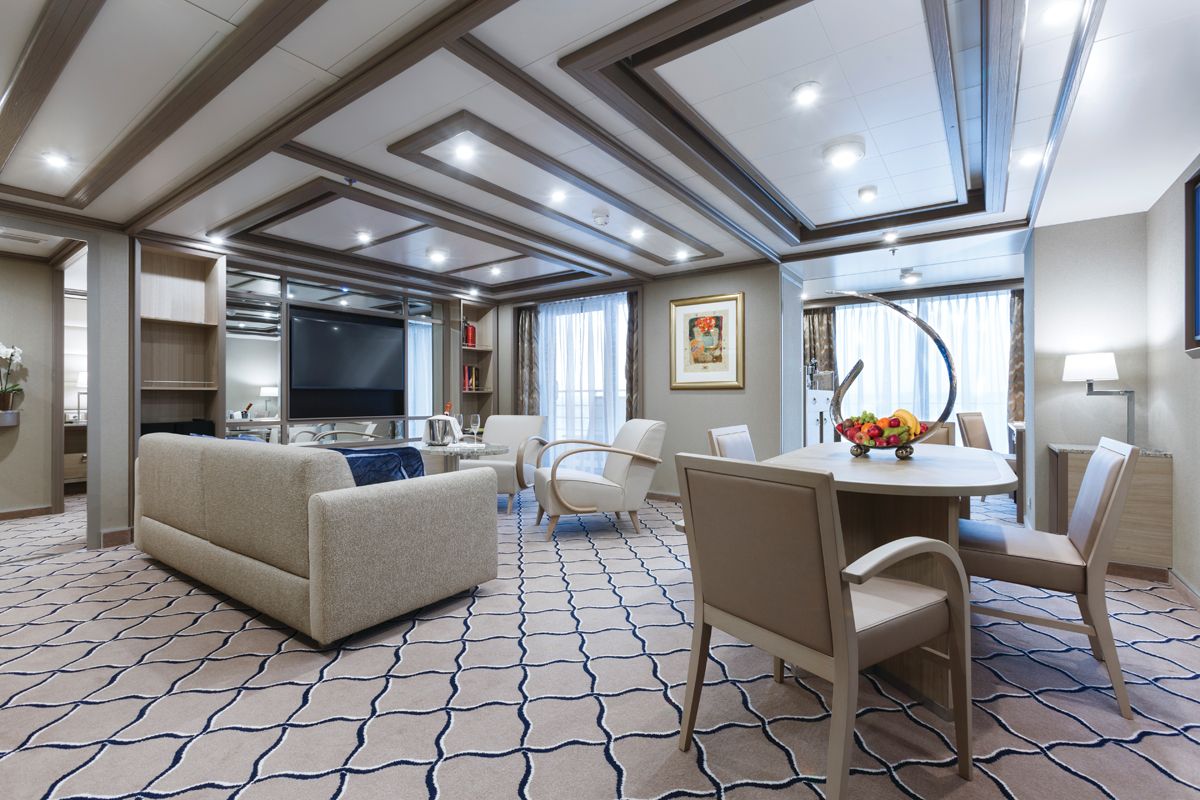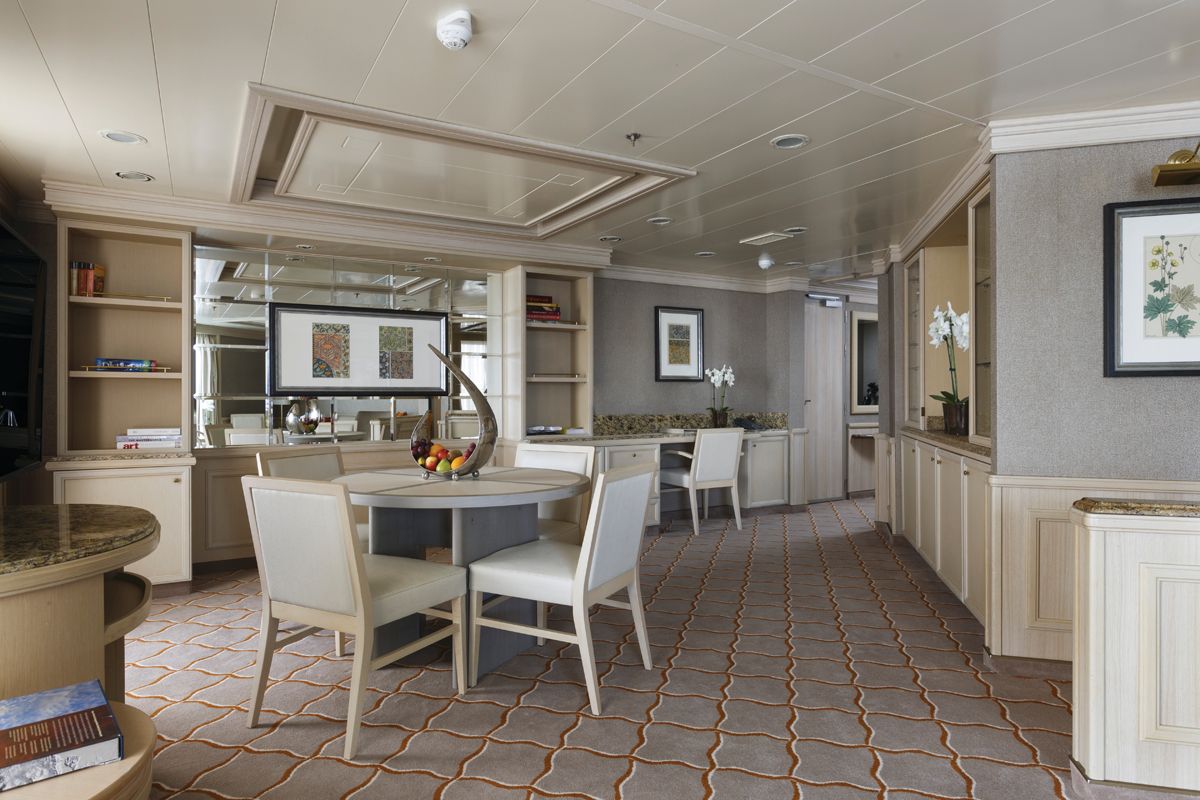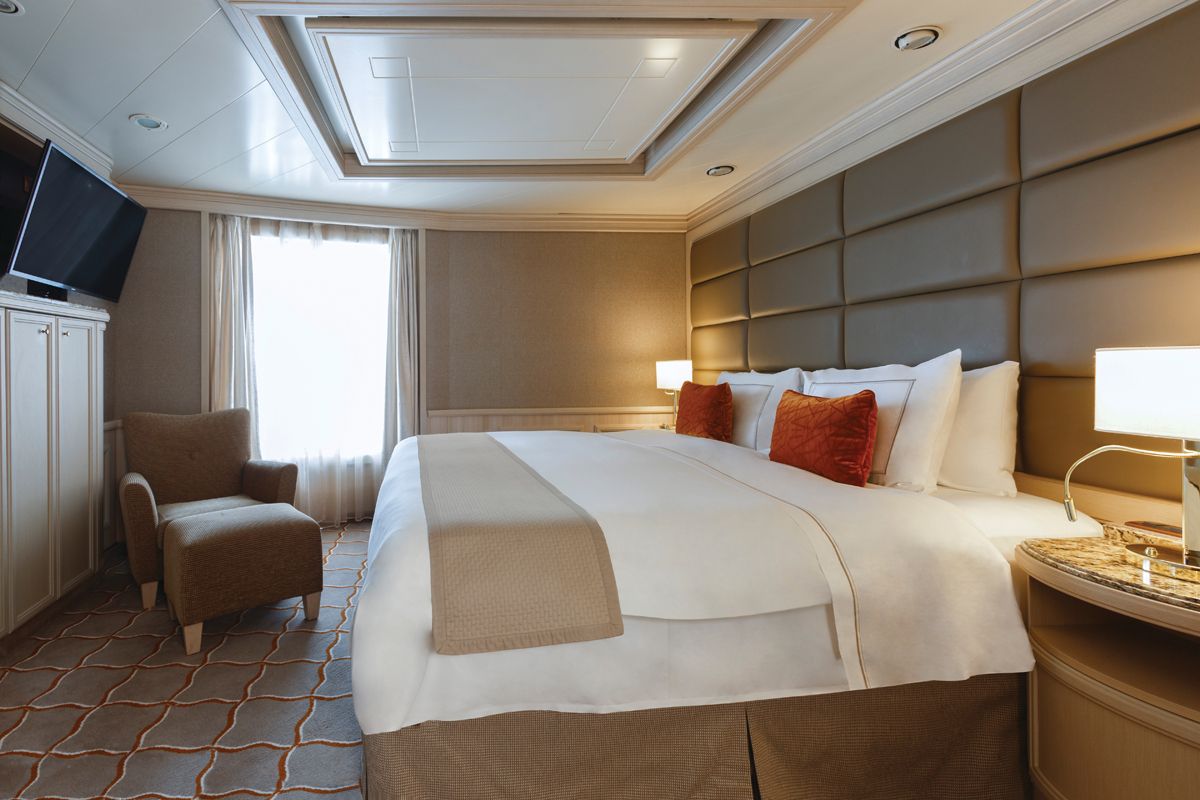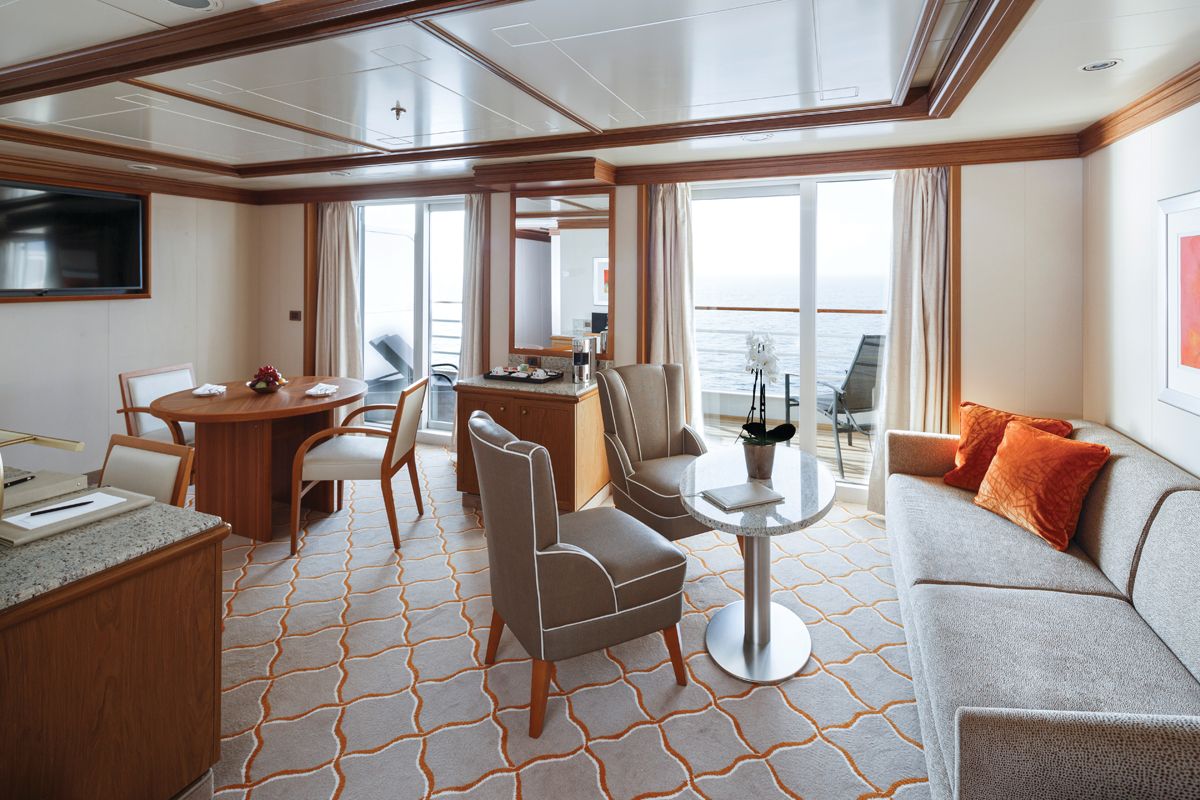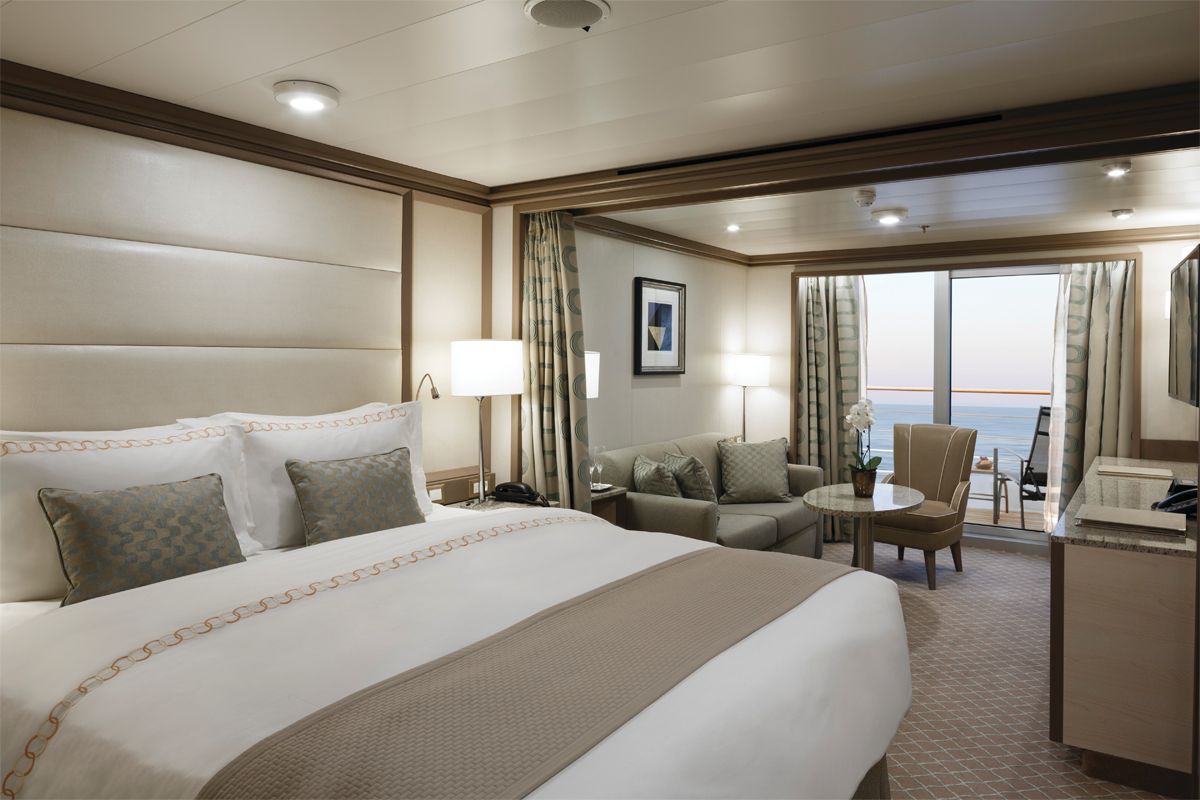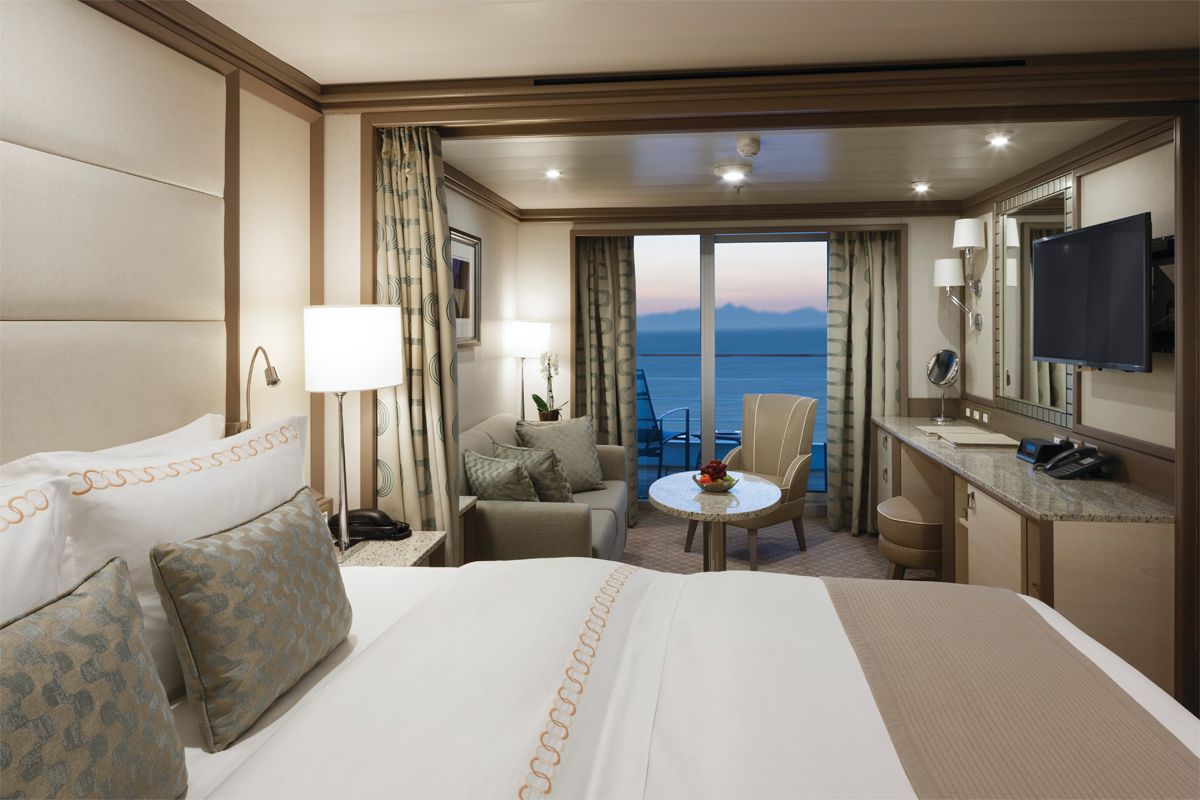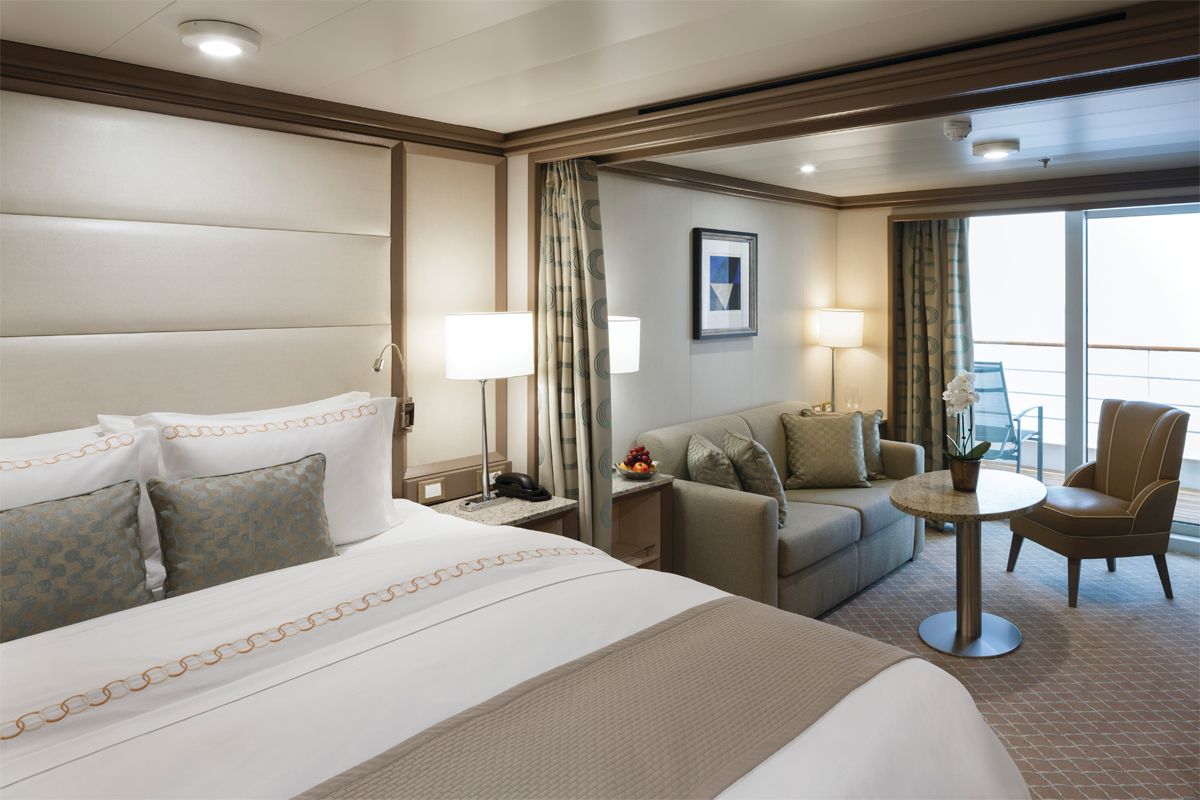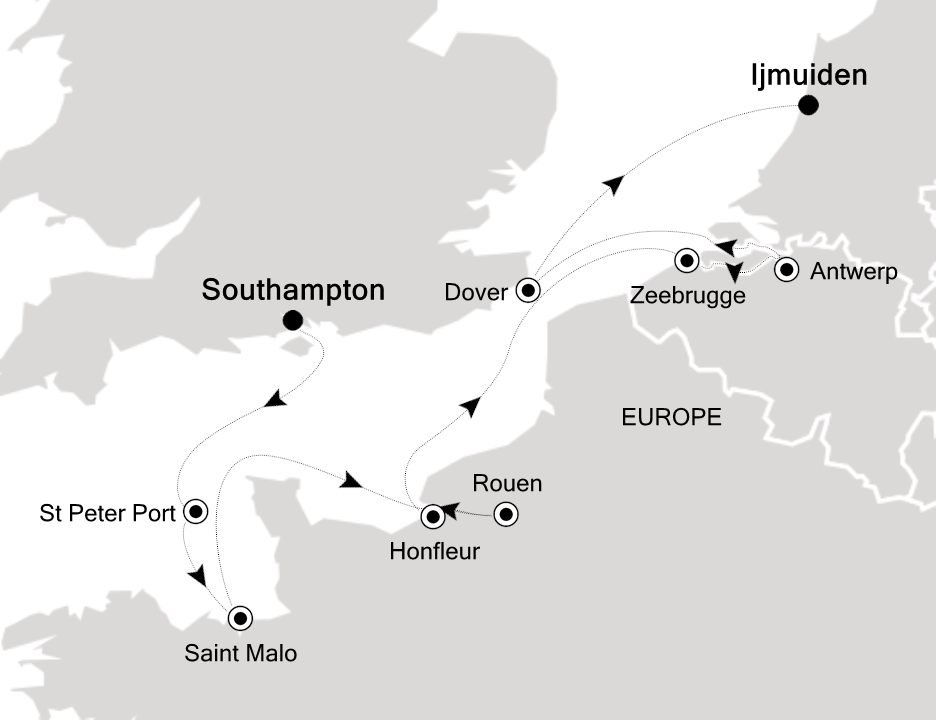

Go beyond your boundaries and explore the world as never before.
Southampton is England's leading passenger port. It is rich in historic embarkations, from Henry V's fleet bound for France and the battle of Agincourt to the Mayflower, the ill-fated Titanic, and the maiden voyages of the great ocean liners of the 20th century such as the Queen Mary and the Queen Elizabeth 2. Parts of the town center can seem mundane, having been hastily rebuilt after World War II bombing, but bits of the city's history emerge from between modern buildings. The Old Town retains its medieval feel, and some remnants of the old castellated town walls remain. Other attractions include a decent art gallery, extensive parks, and a couple of good museums. The Southampton Boat Show, a 10-day event in mid-September, draws huge crowds.
Cobblestone streets, blooming floral displays, and tiny churches welcome you to this wonderfully pretty harbour. The town of St Peter Port is as pretty as they come, with glowing flower displays painting practically every street corner and window-ledge with colour. As the capital, and main port of Guernsey, St Peter Port puts all of the island’s gorgeous beaches, wonderful history and inspiring stories at your fingertips. Feel the gut punch of the midday gun firing at Castle Cornet, which stands guard over one of the world's prettiest ports. This 800-year-old, Medieval castle offers staggering views of the harbour from its imposing, craggy island location, and you can look out across to the looming shorelines of the other Channel Islands from its weathered battlements. With four well-tended gardens, and five museums offering a rich overview of Guernsey's history, you’ll want to leave a few hours aside to explore the many treasures that lie within the castle’s walls.
Thrust out into the sea and bound to the mainland only by tenuous man-made causeways, romantic St-Malo has built a reputation as a breeding ground for phenomenal sailors. Many were fishermen, but others—most notably Jacques Cartier, who claimed Canada for Francis I in 1534—were New World explorers. Still others were corsairs, "sea dogs" paid by the French crown to harass the Limeys across the Channel: legendary ones like Robert Surcouf and Duguay-Trouin helped make St-Malo rich through their pillaging, in the process earning it the nickname "the pirates' city." The St-Malo you see today isn’t quite the one they called home because a weeklong fire in 1944, kindled by retreating Nazis, wiped out nearly all of the old buildings. Restoration work was more painstaking than brilliant, but the narrow streets and granite houses of the Vieille Ville were satisfactorily recreated, enabling St-Malo to regain its role as a busy fishing port, seaside resort, and tourist destination. The ramparts that help define this city figuratively and literally are authentic, and the flames also spared houses along Rue de Pelicot in the Vieille Ville. Battalions of tourists invade this quaint part of town in summer, so arrive off-season if you want to avoid crowds.
Honfleur, the most picturesque of the Côte Fleurie's seaside towns, is a time-burnished place with a surplus of half-timber houses and cobbled streets that are lined with a stunning selection of stylish boutiques. Much of its Renaissance architecture remains intact—especially around the 17th-century Vieux Bassin harbor, where the water is fronted on one side by two-story stone houses with low, sloping roofs and on the other by tall slate-topped houses with wooden facades. Maritime expeditions (including some of the first voyages to Canada) departed from here; later, Impressionists were inspired to capture it on canvas. But the town as a whole has become increasingly crowded since the Pont de Normandie opened in 1995. Providing a direct link with Upper Normandy, the world's sixth-largest cable-stayed bridge is supported by two concrete pylons taller than the Eiffel Tower and designed to resist winds of 257 kph (160 mph).
Brugge is a city that could have sprung from the pages of a Gothic fairy tale. Its cobbled streets, spidery canals, and medieval churches are remarkably well-preserved, having been spared the devastation that saw much of Belgium leveled during the 20th-century wars. The secret got out years ago, though, and avoiding weekends and high season is often the only way to skirt the crowds that flood its many boutique hotels.
Indeed, tourism has long been the principal industry here, and preservation orders and strict bylaws ensure that the center looks much as it did during its medieval pomp (how the modern—and modern-looking—Concertgebouw Brugge concert venue on ‘t Zand got planning permission is still a matter of heated debate).
Today, the center is encircled by a ring road that loosely follows the line of the city's medieval ramparts. The ancient gates—Smedenpoort, Ezelpoort, Kruispoort, and Gentpoort—still stand along this route, and due to the city's size, all of its best sights, such as the impressive basilica or the Groeningemuseum, home to some of the finest paintings by Belgium’s famed Flemish Primitive artists, can easily be reached on foot.
In modern times, Brugge has developed a reputation for culinary indulgence. More than 50 chocolate shops cram its narrow streets; there’s even a museum dedicated to the history of cacao, while local artisans such as The Chocolate Line’s Dominique Persoone have gained international recognition. At the time of writing, Brugge also boasted as many three-starred Michelin restaurants as London. True, prices tend to be on the high side, but there are literally hundreds of places to dine, with some excellent seafood and traditional Belgian cuisine to be found across the city.
For many, though, beer is the main draw, with a number of Brugge’s bars and estiminets considered among the finest around by connoisseurs. The city once housed nearly 60 breweries in its heyday, though today only a few remain–-look out for local Fort Lapin, Straffe Hendrik, and Brugse Zot beers. For other beer-related activities, head to the Brugge Beer Museum or for a brewery tour at De Halve Maan
In truth, though, little changes in Brugge. It’s a city that has been both liberated and constricted by its tourist appeal, and like its famed chocolate, it is best sampled in small doses—preferably one or two nights at the most. However, when the day-trippers head home and the shadows draw in, the wonderfully eerie, Gothic charm of this remarkable city emerges. To stroll its cobbled byways is to be transported back in time, and while you’ll never have them all to yourself, it really is one of the most atmospheric places in Europe.
Note: Although it's often called Bruges (its French name) in many guidebooks and by English-speakers, the city’s official Flemish name is indeed Brugge (bruhg-guh), the spelling you’ll see and hear most often while exploring the city.
Wandering the narrow streets of central Antwerp (Antwerpen in Flemish, Anvers in French), it's easy to see why it often suffers in comparison with Belgium's heavyweight destinations. It struggles to compete with the Art Deco bravado of Brussels or the sheer medieval nobility of Gent and Brugge. Instead, as befits a successful port, Antwerp is the city that embraced its commercial heritage, becoming the shopping capital of Belgium. But there's more to it than just high-streets. Dig a little deeper and you'll discover a vibrant, youthful city that doesn't just trade on its illustrious history, but is actually building on it.
In its heyday, Antwerp played second fiddle only to Paris. Thanks to artists such as Rubens, Van Dyck, and Jordaens, it was once one of Europe's leading art centers. Its printing presses produced missals for the farthest reaches of the Spanish empire, and it became, and has remained, the diamond capital of the world. Its civic pride was also such that the Antwerpen Sinjoren (patricians) considered themselves a cut above just about everybody else. Arguably, they still do.
Much of these achievements were built on the success of its port. During the 16th century, Antwerp's waters controlled the world's trade in silver, pepper, and textiles, putting it among the wealthiest cities on Earth. Sadly, the centuries of wars and conflicts that followed put an abrupt end to its golden age. However, a 10-year rebuilding program in the 1960s transformed it into the second-largest port in Europe. Consequently, it has much of the zest often associated with a harbor town. And just as in its earlier heyday, it retains an outsized influence in some unexpected realms.
Since the 1980s, Antwerp-trained fashion designers have become renowned for experimental styles paired with time-honored workmanship. Several designers, such as Dries Van Noten and Ann Demeulemeester, stay firmly rooted in the city; others have filtered into major European couture houses. On their home turf, you can experience the fascinating mix of tradition and innovation that influences their work.
Antwerp is not just a shopping mecca, though. Its grey, industrial roots have been thoroughly plucked and dyed. South of the center (Het Zuid), in an area once notable only for its red light district, has been transformed by an influx of upmarket bars, restaurants, galleries, and museums. Meanwhile, the city's hipper crowd gathers around youthful Mechelseplein, where a sprinkling of cafés, bars, and arts venues have cropped up in recent years. It is also the clubland capital of the country.
Often, Belgium's tourist-orientated cities seem hamstrung by their past. In Antwerp, you'll find a zesty, modern metropolis accented by some beautiful churches and cathedrals. It's this mix of old and new that makes it one of the country's most underrated destinations.
Wandering the narrow streets of central Antwerp (Antwerpen in Flemish, Anvers in French), it's easy to see why it often suffers in comparison with Belgium's heavyweight destinations. It struggles to compete with the Art Deco bravado of Brussels or the sheer medieval nobility of Gent and Brugge. Instead, as befits a successful port, Antwerp is the city that embraced its commercial heritage, becoming the shopping capital of Belgium. But there's more to it than just high-streets. Dig a little deeper and you'll discover a vibrant, youthful city that doesn't just trade on its illustrious history, but is actually building on it.
In its heyday, Antwerp played second fiddle only to Paris. Thanks to artists such as Rubens, Van Dyck, and Jordaens, it was once one of Europe's leading art centers. Its printing presses produced missals for the farthest reaches of the Spanish empire, and it became, and has remained, the diamond capital of the world. Its civic pride was also such that the Antwerpen Sinjoren (patricians) considered themselves a cut above just about everybody else. Arguably, they still do.
Much of these achievements were built on the success of its port. During the 16th century, Antwerp's waters controlled the world's trade in silver, pepper, and textiles, putting it among the wealthiest cities on Earth. Sadly, the centuries of wars and conflicts that followed put an abrupt end to its golden age. However, a 10-year rebuilding program in the 1960s transformed it into the second-largest port in Europe. Consequently, it has much of the zest often associated with a harbor town. And just as in its earlier heyday, it retains an outsized influence in some unexpected realms.
Since the 1980s, Antwerp-trained fashion designers have become renowned for experimental styles paired with time-honored workmanship. Several designers, such as Dries Van Noten and Ann Demeulemeester, stay firmly rooted in the city; others have filtered into major European couture houses. On their home turf, you can experience the fascinating mix of tradition and innovation that influences their work.
Antwerp is not just a shopping mecca, though. Its grey, industrial roots have been thoroughly plucked and dyed. South of the center (Het Zuid), in an area once notable only for its red light district, has been transformed by an influx of upmarket bars, restaurants, galleries, and museums. Meanwhile, the city's hipper crowd gathers around youthful Mechelseplein, where a sprinkling of cafés, bars, and arts venues have cropped up in recent years. It is also the clubland capital of the country.
Often, Belgium's tourist-orientated cities seem hamstrung by their past. In Antwerp, you'll find a zesty, modern metropolis accented by some beautiful churches and cathedrals. It's this mix of old and new that makes it one of the country's most underrated destinations.
World Cruise Finder's suites are some of the most spacious in luxury cruising.
Request a Quote - guests who book early are rewarded with the best fares and ability to select their desired suite.
